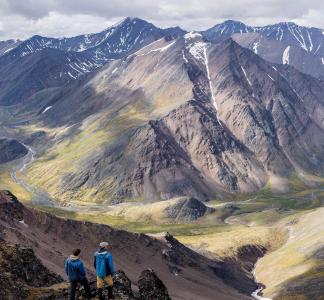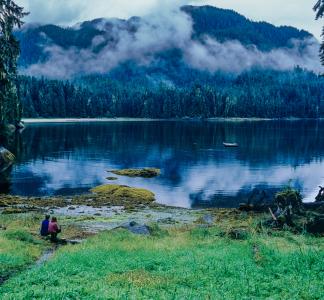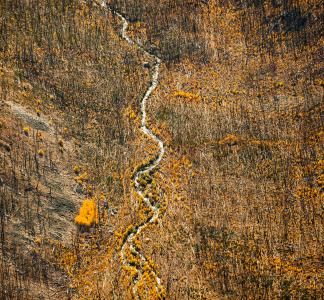It’s a wrap: Top conservation stories from 2019
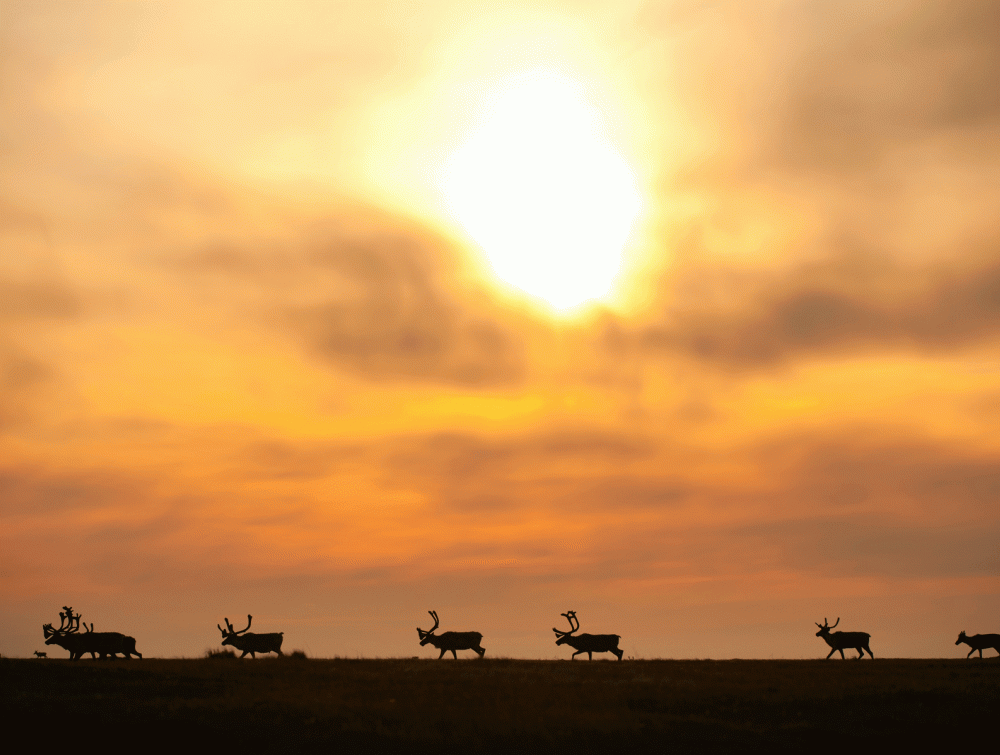
Arctic National Wildlife Refuge, AK.
Florian Schulz.
We've had big setbacks, but also big wins
It’s hard to believe it, but 2019 is coming to an end. Before we start counting down the seconds to midnight, let’s take a minute to reflect on the biggest conservation stories from this past year.
We’ve had big setbacks, but also big wins. We saw land threats that made our hair stand on end, including the Trump administration’s fast-tracking of oil drilling in the refuge precious Arctic National Wildlife Refuge in Alaska. But we also witnessed local communities go to extraordinary lengths to protect beloved lands, like the Methow Valley in Washington.
As we look back at these stories, it’s clear that we can safeguard important lands – as long as we work together and don’t back down on our mission.
New threats and dirty tricks
1. The government is giving away precious lands
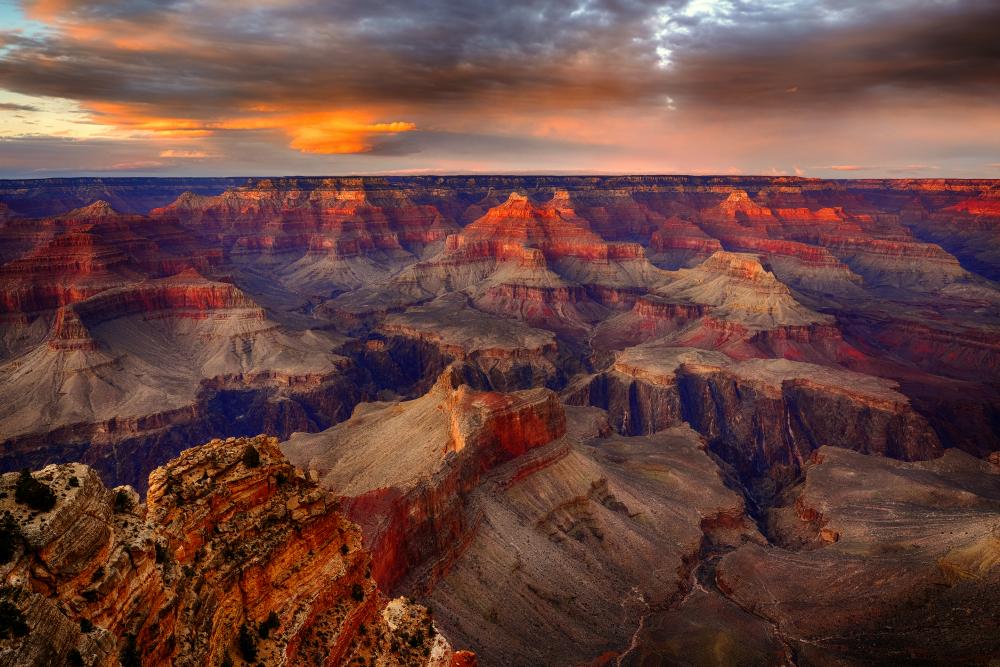
Joe Jiang/Flickr
In 2019 we saw an unfortunate trend unfold right in front of our eyes. The federal government is handing off public lands to the fossil fuel, mining and development industries for dirt cheap prices. This practice favors corporate interests above anything else and endangers some of our most cherished places – including the greater Grand Canyon area and the surroundings of Chaco Culture National Historical Park.
What’s more, unchecked fossil fuel development on public lands can disproportionately impact communities that bear little responsibility for it. Especially black and Hispanic communities who live near public lands and tend to shoulder a high “pollution burden” despite contributing little to the underlying cycle of energy consumption and waste.
2. The Arctic Refuge is going once, going twice…
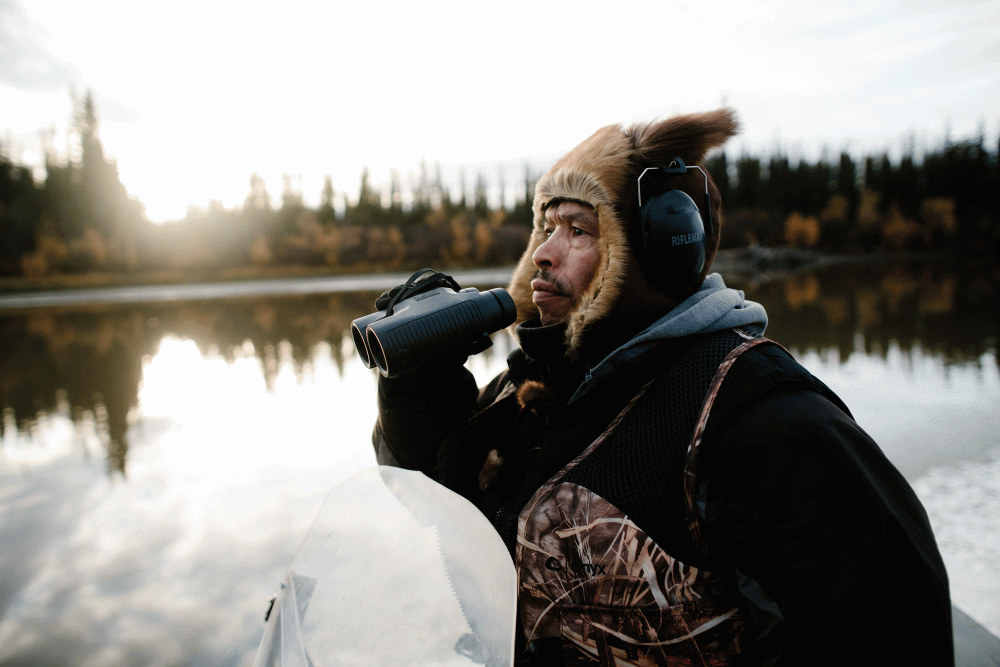
The refuge is a sacred place for the Gwich’in people
Greg Balkin
This past year the Trump administration set in motion a plan to lease a huge chunk of the Arctic National Wildlife Refuge for oil drilling. This would be a disaster – the refuge is a vital habitat for the Porcupine Caribou Herd and a sacred place for the Gwich’in people, who depend on the land for their survival.
But we’re fighting back by pushing for legislation to protect the Arctic Refuge and raising public awareness. As part of this, we joined forces with partners to bring the Arctic Refuge to Brooklyn, Washington D.C., and San Francisco via an interactive exhibition to show the value of this land and galvanize support. Over nine thousand visitors are now ready to fight for the refuge’s protection.
We will also be bringing legal action as soon as the Trump Administration releases the final leasing plan.
3. Our largest national forest is under threat
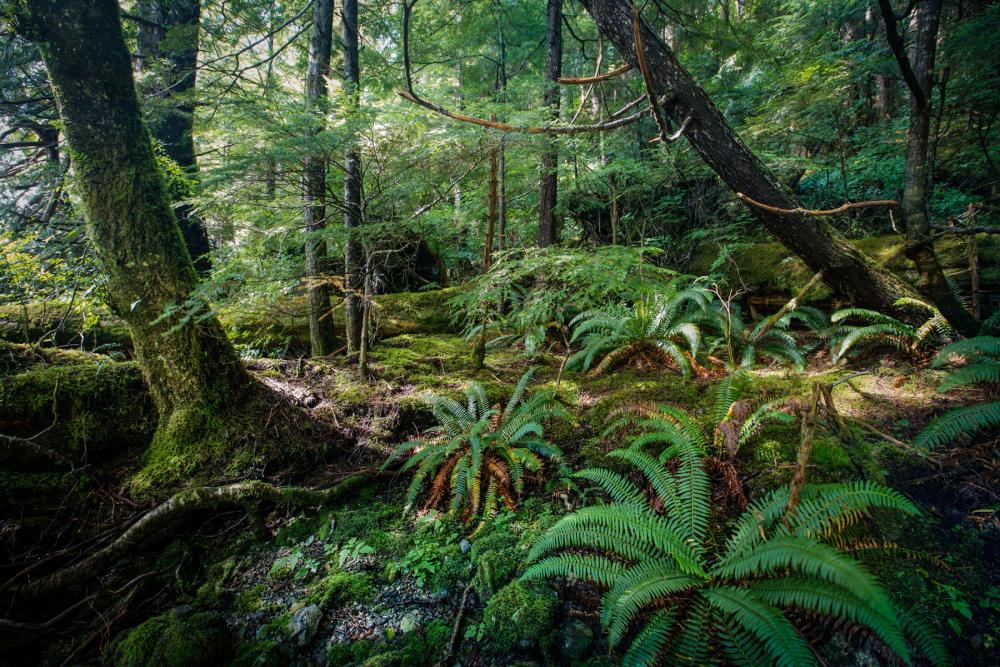
The Tongass National Forest is a natural carbon sink
Nelson Guda
Conservationists fought back as timber interests ramped up attempts to log and build roads through the Tongass National Forest in Alaska. One of the last remaining intact temperate rainforests in the world, the Tongass is a cradle of biodiversity; source of one-quarter of the entire West Coast’s annual commercial salmon harvest; and a key tool for fighting climate change due to its capacity to absorb emissions.
The Trump administration recently proposed eliminating protections to allow logging, road construction and other development. If this plan is adopted, it would devastate America’s Amazon and blunt a powerful secret weapon against climate change.
We’ve been pushing back against a new plan by the Forest Service to eliminate forest protections. We helped drive thousands of public comments opposing the plan, and we stand ready to defend the Tongass and other wild forests if the final Trump administration plan is as bad as we fear.
4. Public lands contribute to climate change
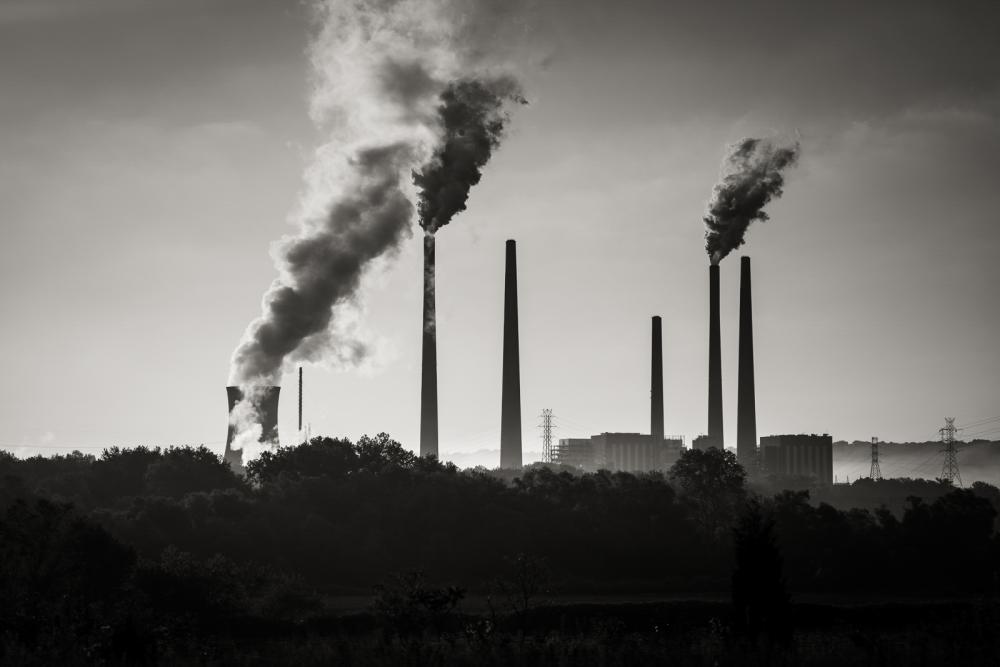
We need to start thinking of public lands as a climate solution
Robert S. Donnovan
We’re in trouble. Climate emissions are quickly increasing and the world is warming around us. As a consequence, we’re already experiencing heatwaves, more powerful hurricanes and longer wildfire seasons.
But here’s something you may not know: The decisions that we make today about our public lands can impact our climate in the future.
Over the summer we released an exclusive report on how Trump’s leasing of public lands to the oil and gas industry could eventually generate a carbon bomb of 4.7 billion metric tons of greenhouse gases. To avoid a climate catastrophe, we need to slow down fossil fuel drilling on public lands and start using these lands as a climate solution – not a problem.
5. Corruption and lack of transparency ran rampant
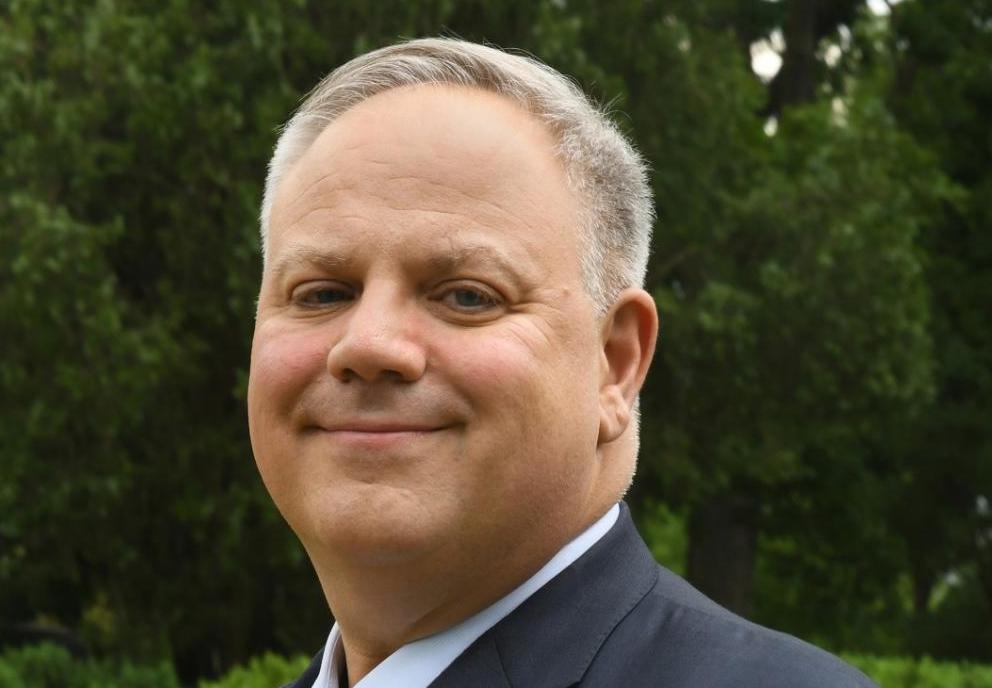
Interior Secretary Bernhardt faced numerous conflicts of interest
Tami Heilemann, Interior Department
As we worked to confront threats facing public lands and the planet, the Trump administration kept up its ethically compromised and anti-transparent approach to managing our nation’s national forests, parks and BLM lands in favor of extractive industries
They moved forward with efforts to gut the bedrock National Environmental Policy Act (NEPA), which guarantees public participation in environmental decisions; violated the Freedom of Information Act in hiding the rationale for opening the watershed of the Boundary Waters Canoe Area Wilderness to dangerous copper mining, and even indirectly paid for the timber industry to attack forests in Alaska.
This trend of questionable governance is no surprise when you consider who’s pulling the strings at the top. In 2019, new Interior Secretary David Bernhardt faced numerous questions about conflicts of interest due to his ties with the fossil fuel industry. Meanwhile, a new acting director of the Bureau of Land Management, William Perry Pendley, gained authority over millions of acres of public land after a career spent working as an anti-conservation lawyer.
Signs of hope
1. Communities are standing up for wildlands
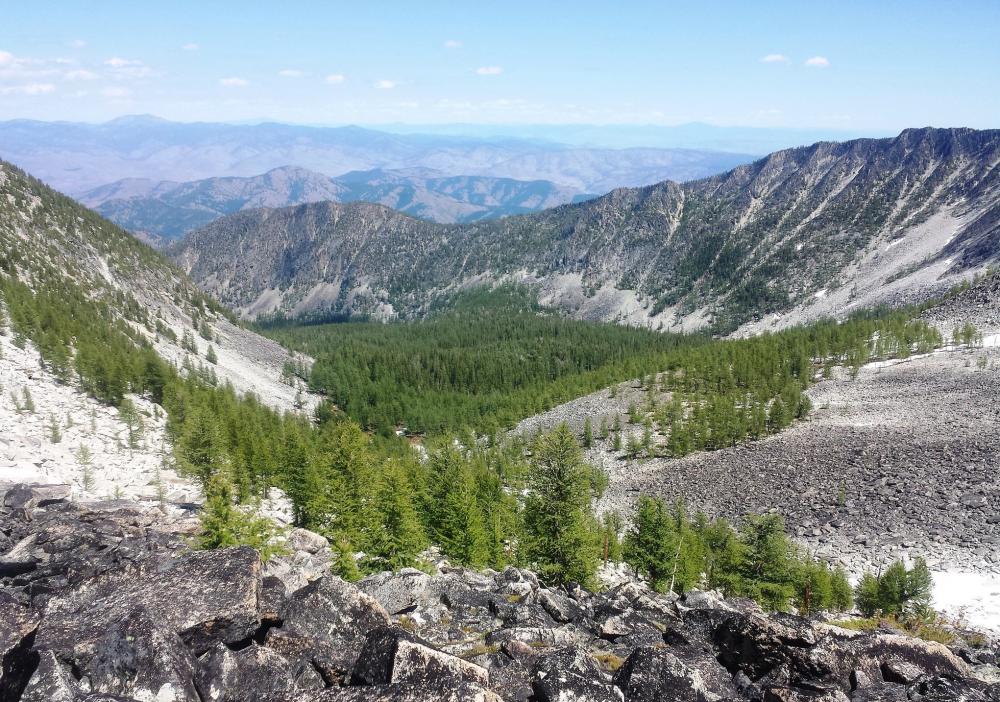
Methow Valley has stunning mountains, rich wildlife and vital water sources
brewbooks/Flickr
In spite of growing pressure to develop nearby lands, many communities are fighting back against the Trump administration’s push to drill, log, bulldoze and mine away their quality of life. One of the most moving examples happened in the Methow Valley in Washington state - a land of stunning mountains, rich wildlife and vital water sources.
For more than four years, the mountain community fought hard against the threat of industrial-scale mining in the upper valley. Thanks to strong organizing led by the local Methow Valley Citizens Council and a united community vision, in March of 2019 a bill was signed forbidding new mineral exploration and mine development across more than 340,000 acres of public land.
Mark Miller, a local resident and member of the Methow Tribe, was touched by the community joining forces for the cause. He recalls being stunned by the large attendance of a meeting to discuss the issue. “I knew a lot of people in that room,” he said. “I knew they were from different walks of life, different businesses, and incomes, but they had a common goal.”
2. A vital conservation tool got new life
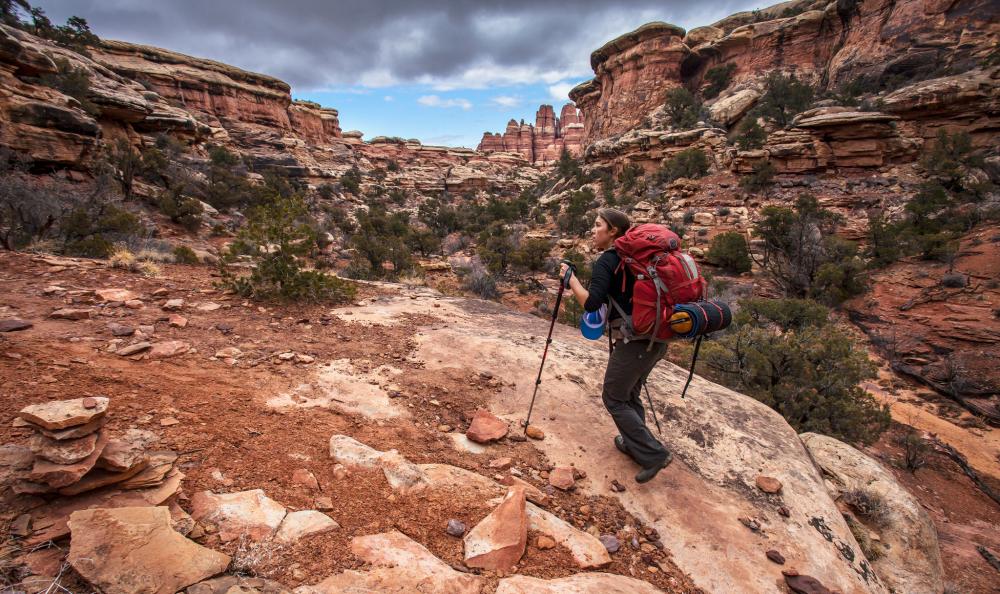
LWCF helps to preserve iconic landscapes
Jacon W. Frank - Dour Corners School of Outdoor Education/ Flickr
In 2018 we were alarmed to see the Land and Water Conservation Fund (LWCF) expire. The important program preserves iconic landscapes in all 50 states at no cost to taxpayers – from maintaining trails and climbing areas to protecting critical parts of our national parks from development.
But early in 2019, we worked hard with lawmakers and partners to reauthorize the program. In recent months, we’ve taken huge steps toward ensuring it has permanent, dedicated funding as well — something the popular 54-year-old program has never been able to count on. As we grapple with the impacts of climate change, tools like LWCF will be especially important, whether allowing animals to migrate along unbroken corridors of land or helping manage deadly wildfires.
3. We made headway on equitable outdoor access
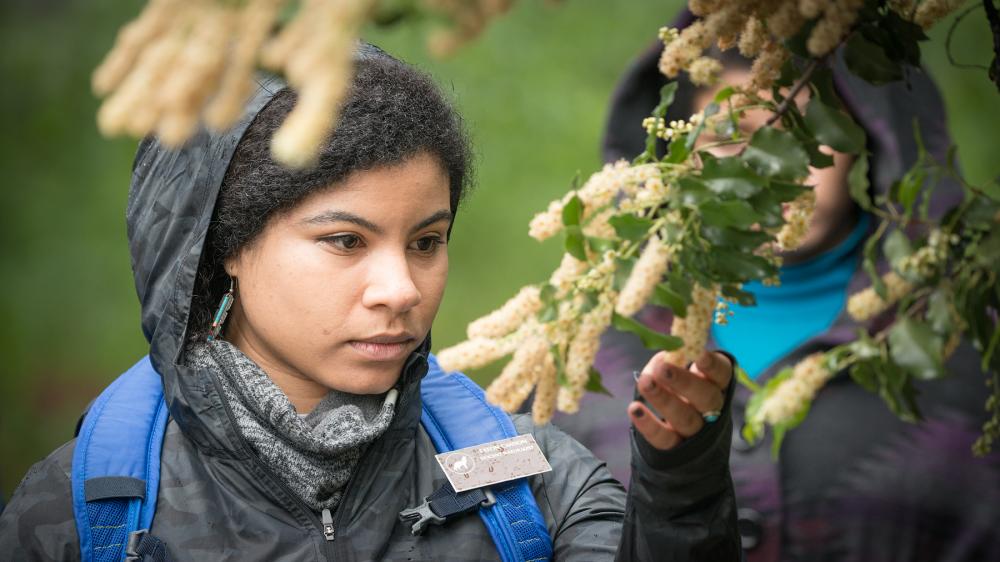
We celebrated the extension of the Every Kid Outdoors program
Mason Cummings, TWS
This year we made major progress on the goal of ensuring everyone has access to parks and public lands. Among the biggest wins was the extension of the Every Kid Outdoors program, which offers fourth graders and their families free access to national parks and other public lands.
We’ve also seen the advance of bipartisan proposals that would provide more recreation opportunities, including in urban communities that currently lack easy access to the outdoors.
Some of the most important successes happened at the local level, and we’ve been proud to take an active role. In 2019, we celebrated the Trailhead Direct shuttle service that connects greater Seattle residents with more than 150 miles of hiking trails. The program allows those without cars a chance to enjoy parks and public lands. We’re working to implement the same model in the greater Los Angeles and Albuquerque communities, too.
4. Lands and waters gained support in Congress
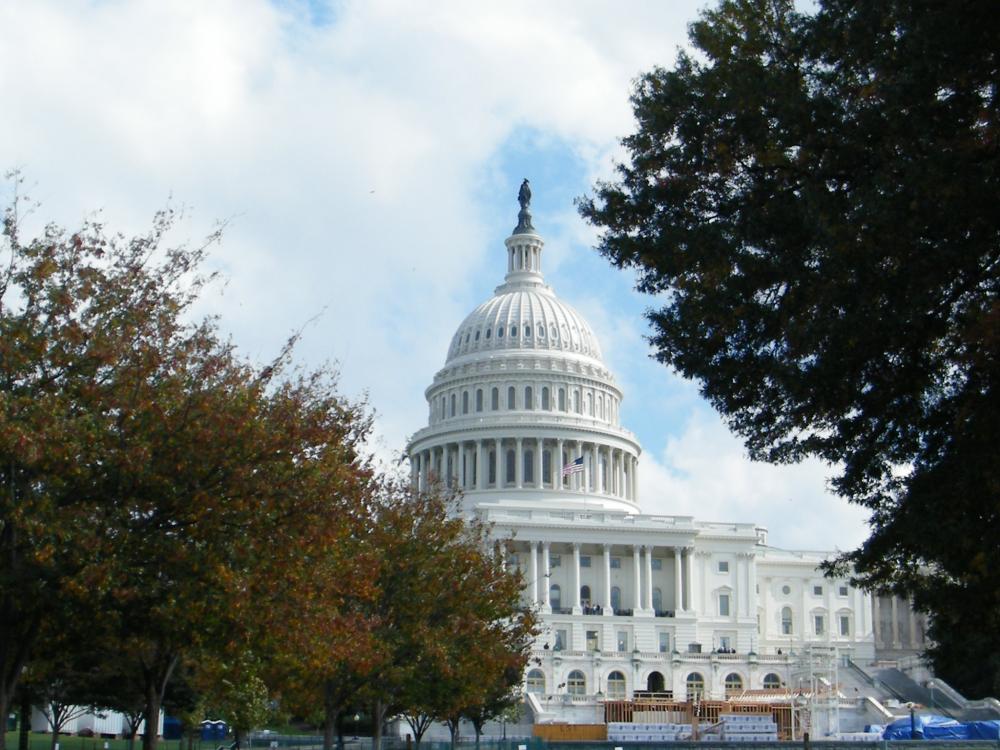
Legislation would enable advisory committee to recommend place name changes for landmarks carrying racist, offensive and bigoted names.
denisbin/Flickr
In 2019 we were thrilled to see Democrat and Republican support for legislation that protects our wildlands. To have support from both political sides makes sense to us, since public lands are important to everyone – no matter their political affiliation.
In the spring, bipartisan legislators approved a historic public lands bill package that created two national monuments and preserved 1.3 million acres of wilderness on public lands. It was later signed into law.
In the fall, the House of Representatives passed a series of bills to protect key wildlands – including the greater Grand Canyon – with bipartisan support. They still have to be approved in the Senate, but we’re hopeful.
Public lands are important to everyone, no matter their political affiliation. We welcome and encourage this return of bipartisan support for conservation efforts. As we look to 2020, we’re hopeful politicians are finally seeing that people are fed up with the way our lands and waters are bought and sold so polluters can get rich while local communities suffer.
